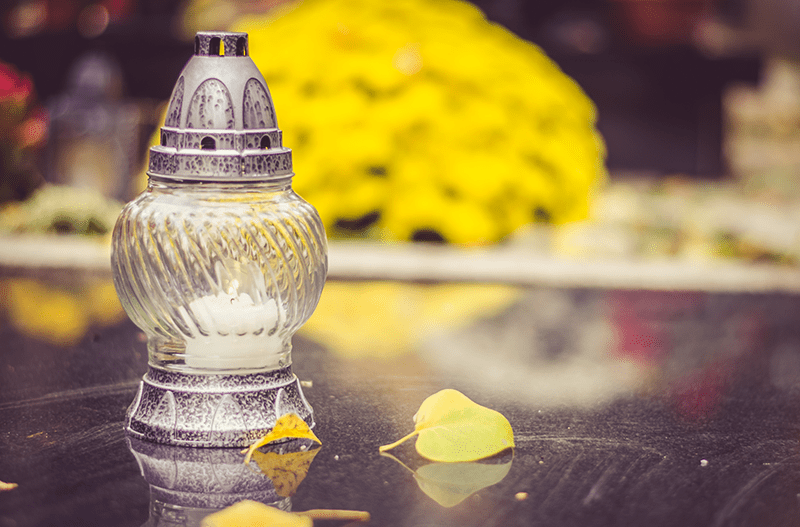
Hand surgery is a specialized field that merges orthopedics, traumatology, and plastic surgery, focusing on the diagnosis, treatment, and rehabilitation of issues related to the hand, wrist, and forearm. The hand is an extremely complex anatomical structure composed of bones, tendons, muscles, nerves, and blood vessels – treating injuries or diseases in this area requires precision and specialized expertise.
A hand surgeon treats a variety of traumatic injuries, such as fractures, dislocations, tendon and nerve injuries—either with conservative methods or surgical intervention. They also play a key role in treating degenerative diseases like arthritis, carpal tunnel syndrome, or Dupuytren’s contracture, which often require surgery to restore hand function.
Hand surgeons also remove tumors and cysts, correct congenital deformities such as polydactyly or syndactyly, and perform microsurgical procedures to repair nerves and blood vessels. In cases of amputated fingers or limbs, replantation and reconstruction are also within the scope of hand surgery. After surgery, the surgeon supports rehabilitation through physiotherapy, occupational therapy, and pain management to help patients regain full hand function and mobility.
This procedure is performed when chronic or severe bursitis does not respond to conservative treatment. The inflamed bursa is removed through open or minimally invasive (arthroscopic) surgery. Healing usually takes a few weeks, but full recovery may take longer.
The goal is to relieve pressure on the median nerve in the wrist by cutting the transverse carpal ligament. The procedure can be open or endoscopic, typically performed under local anaesthesia, but general anaesthesia may be used in special cases. Recovery ranges from a few weeks to several months.
This surgery releases the ulnar nerve at the elbow, which can become compressed in the cubital tunnel, causing numbness, pain, and weakness. Techniques include nerve release, repositioning, or cutting compressive tissue. Recovery may take weeks or months, often supported by physiotherapy.
Indicated for persistent inflammation unresponsive to rest, anti-inflammatory medications, or physiotherapy. The tight tendon sheath is released via open or minimally invasive methods. Healing takes a few weeks, and physiotherapy is recommended.
A chronic connective tissue disorder where fibrous bands shorten and pull the fingers (especially the ring and little fingers) inward. Causes may include genetics, diabetes, or alcohol use. Early stages may not require treatment; advanced cases may need injection therapy, physiotherapy, or surgery.
Surgical removal of a benign, fluid-filled cyst—usually on the wrist, hand, or foot. It can be done via open surgery or arthroscopically. The goal is to remove the cyst and its origin to reduce recurrence. Recovery takes a few weeks.
Performed when the thumb extensor tendon is torn or degenerated, restricting thumb extension. The tendon is either repaired or replaced with another tendon (usually the extensor indicis proprius). Recovery takes 6–12 weeks, followed by rehabilitation.
Indicated for partial or complete tendon tears in the biceps. The tendon is reattached to the bone using sutures, anchors, or other devices, via open or arthroscopic techniques. Recovery typically takes 3–6 months with physiotherapy.
Necessary when a hand tendon is torn due to trauma. The ends of the tendon are reconnected via open or arthroscopic surgery. Recovery time is 6–12 weeks, requiring rehabilitation and gradual loading.
Needed when symptoms persist despite rest or injections. The tight tendon sheath is released through a small incision, allowing smooth tendon movement. Usually performed under local anaesthesia. Recovery is 1–2 weeks, but full rehabilitation may take months.
A minimally invasive procedure using a needle through the skin to treat tendons, joints, or cysts. Performed under local anesthesia, this method enables quick intervention and recovery.
Done if conservative treatment fails for lateral epicondylitis. Damaged tendons are removed or reconstructed via open or arthroscopic surgery. Recovery takes 6–12 weeks, and rehabilitation is needed.
Performed when previously inserted fixation devices (pins, screws) are no longer needed or cause discomfort. A small incision is made to remove the hardware. Done under local anaesthesia, often on an outpatient basis. Most patients can resume daily activities the same day.

Our Institution’s hand surgeon:
Contact us!









